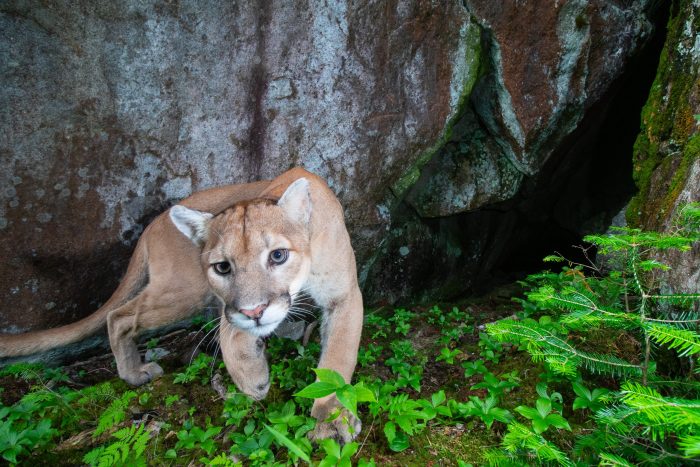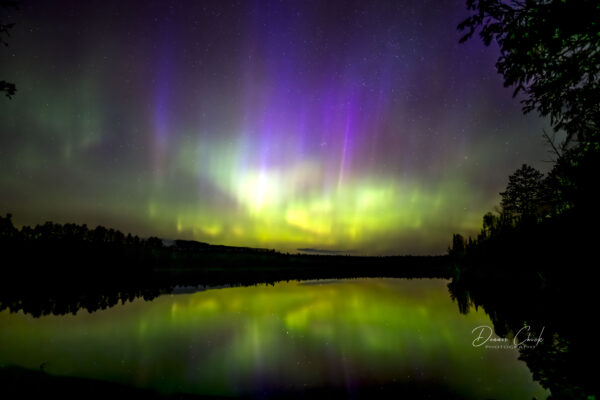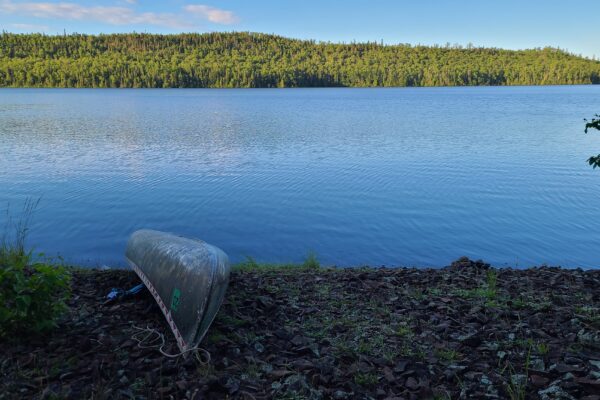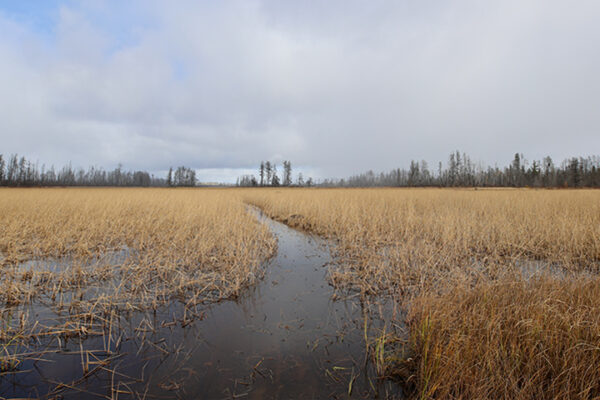Camera-trap photography aids conservation efforts of Canada lynx in Superior National Forest
Ryan Pennesi, a U.S. Forest Service wildlife technician and wildlife photographer, spends significant time tracking wildlife in the Superior National Forest.
As a wildlife technician based at the Tofte Ranger District, Pennesi monitors wildlife populations, including the elusive Canada lynx. In his off-work hours, he continues his passion for tracking wildlife by using trail cameras and various camera-trap photography equipment.
Camera-trap photography relies on remotely triggered cameras, such as trail or DSLR cameras, to capture a photo of wildlife in a natural setting. Once a species walks by the remote camera, it triggers and takes a picture.
“It really allows you to study some of these more elusive animals, especially nocturnal animals,” Pennesi said. “It’s a noninvasive way to study populations.”
Pennesi said camera-trap photography allows him to monitor various wildlife species’ natural behavior and patterns within the Superior National Forest. The insights into the patterns and frequented locations further contribute to his ongoing conservation and recovery as a wildlife technician.
One of the Forest Service’s ongoing conservation efforts is monitoring Canadian lynx populations. The species has been federally listed as threatened since March 2000.
In winter, Pennesi looks for lynx tracks in the snow and collects a scat sample for DNA genetic testing.
“In 2008, the Superior National Forest created and continues to maintain a database of genetically confirmed lynx to document their occurrence, their persistence, and their reproduction in Minnesota,” Pennesi said.
The scat sample is then sent to the Rocky Mountain Research Station in Fort Collins, Colo., for further testing. Over the years, the Forest Service has identified over 600 individual lynx species within the Superior National Forest.
Pennesi said one of the interesting things the Forest Service has learned over the years is the recurrence of one particular lynx. “One thing we learned is we had one lynx that persisted for over ten years,” he said. “So that means from one season to the next, we picked up the scat from the same individual.”
The DNA included within the scat provides the Forest Service with insights into the movement of the lynx over time and the continued monitoring of offspring. “It’s fascinating to follow these animals around and habits, learn their behaviors through tracking them,” Pennesi said.
Pennesi said he hopes his use and application of camera-trap photography to document and monitor Canadian lynx will only further conservation efforts for the elusive species in northeastern Minnesota.
“I think trail cameras can lead to interesting stories,” Pennesi said. “It can get people excited about getting out and creating their own and doing some tracking and connecting with the land.”
He said he encourages others to set up trail cameras on their property or on public land like the Superior National Forest to monitor wildlife and connect with the natural world.
WTIP’s Kalli Hawkins spoke with Ryan Pennesi about monitoring Canada lynx and other wildlife species using camera-trap photography in the Superior National Forest. The audio from the interview is below.














